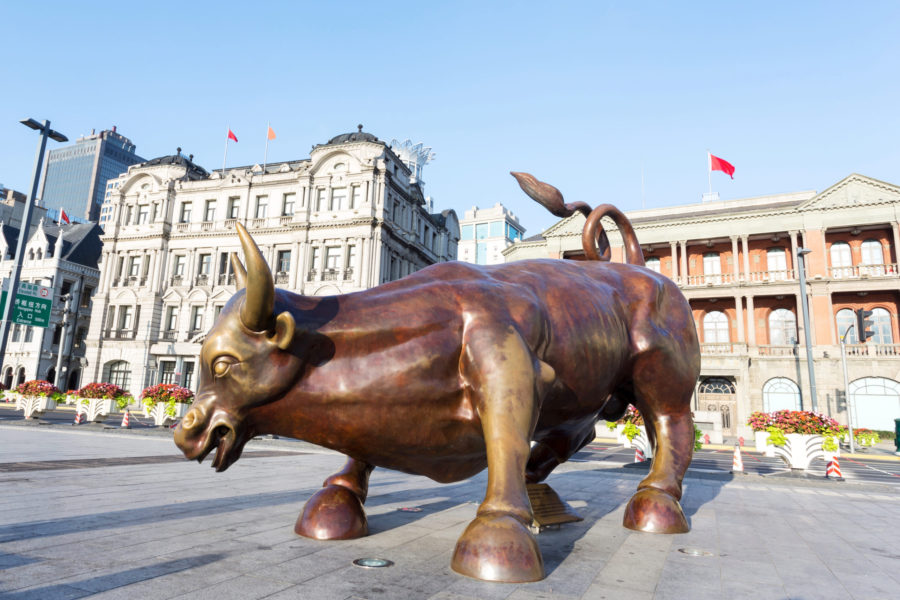The $60 billion gold ETF wipeout
Gold exchange traded products (ETPs), more commonly referred to as ETFs or exchange traded funds, have utterly changed the market in gold over the last decade.
Many market observers give much credit to ETFs for gold’s uninterrupted 12-year bull run, because ETFs make it so easy to invest in the yellow metal.
The popularity of the instrument also has a downside.
ETFs have added to the volatility in the price of gold and ETFs have sucked up the investor cash that was going into gold mining stocks, leaving the sector undervalued and underfunded.
Just how radically the gold ETF market has changed this year is striking.
Gold bullion holdings in the world’s more than 140 gold-backed ETFs hit a record 2,632 tonnes or 93 million ounces in December 2012.
Bloomberg reports this year assets have declined 24%, or 638 tonnes, falling to below 2,000 tonnes.
That’s burned a more than $61 billion hole in gold investors pockets – ETF units can only be redeemed in cash, not actual physical bullion.
It marks the first annual fall since the first gold-backed ETF were introduced in Australia in 2003.
The price of gold was around $320 an ounce at the time.
The most high-profile loser is billionaire hedge fund manager John Paulson.
His gold fund has lost 65% of its value so far this year, declining to $300 million from $700 million ahead of the April crash in gold.
It’s the smallest fund managed by Paulson but according to Reuters it’s mostly his own personal funds that were invested in gold.
SEE ALSO: Gold price vs ETF tonnes shows crash was inevitable
{{ commodity.name }}
{{ post.title }}
{{ post.date }}




Comments